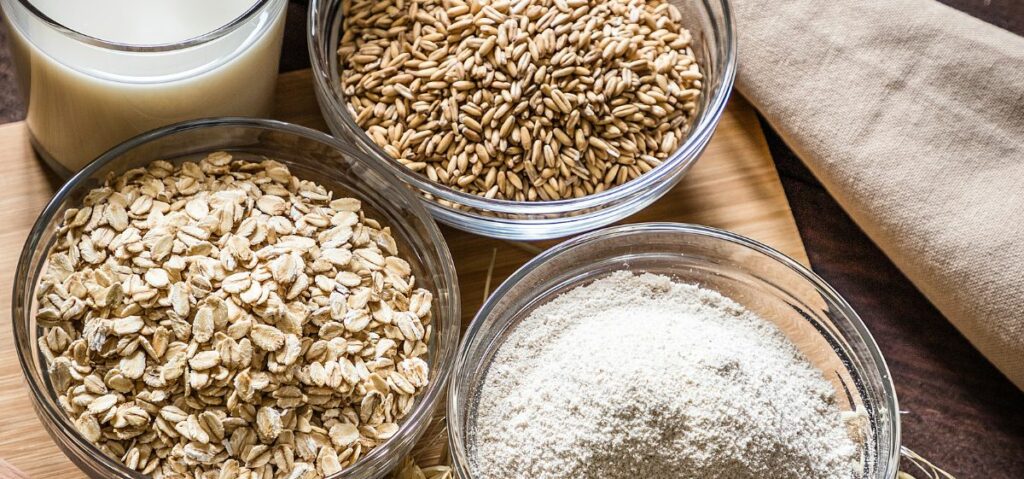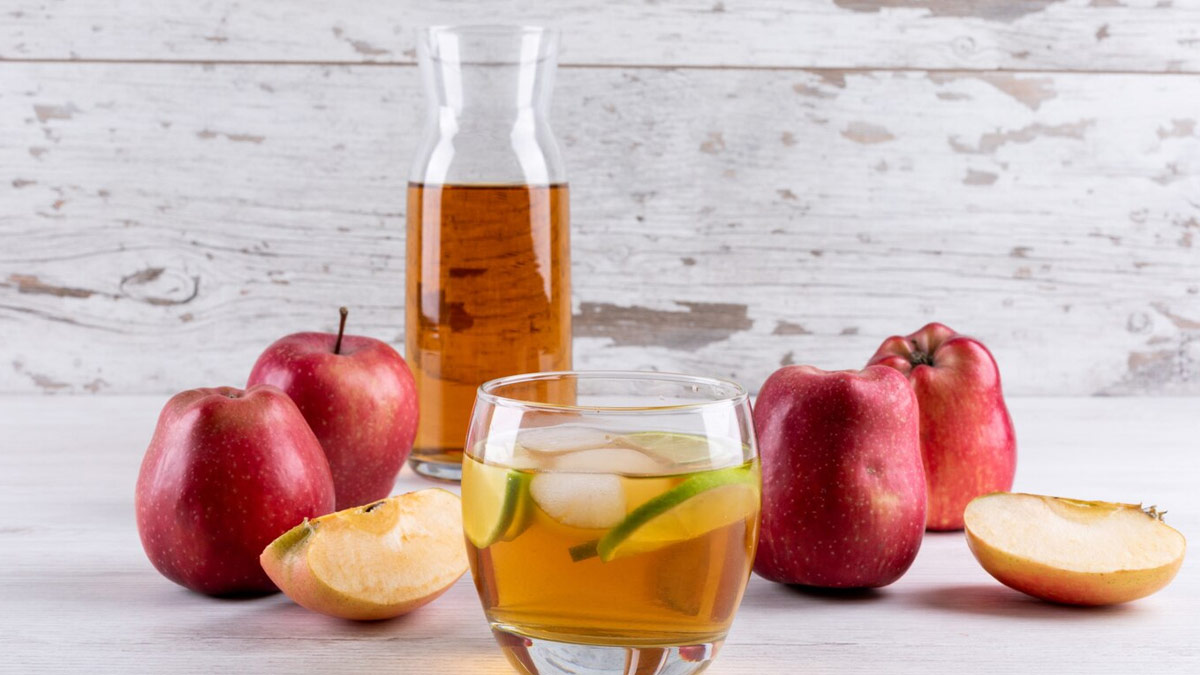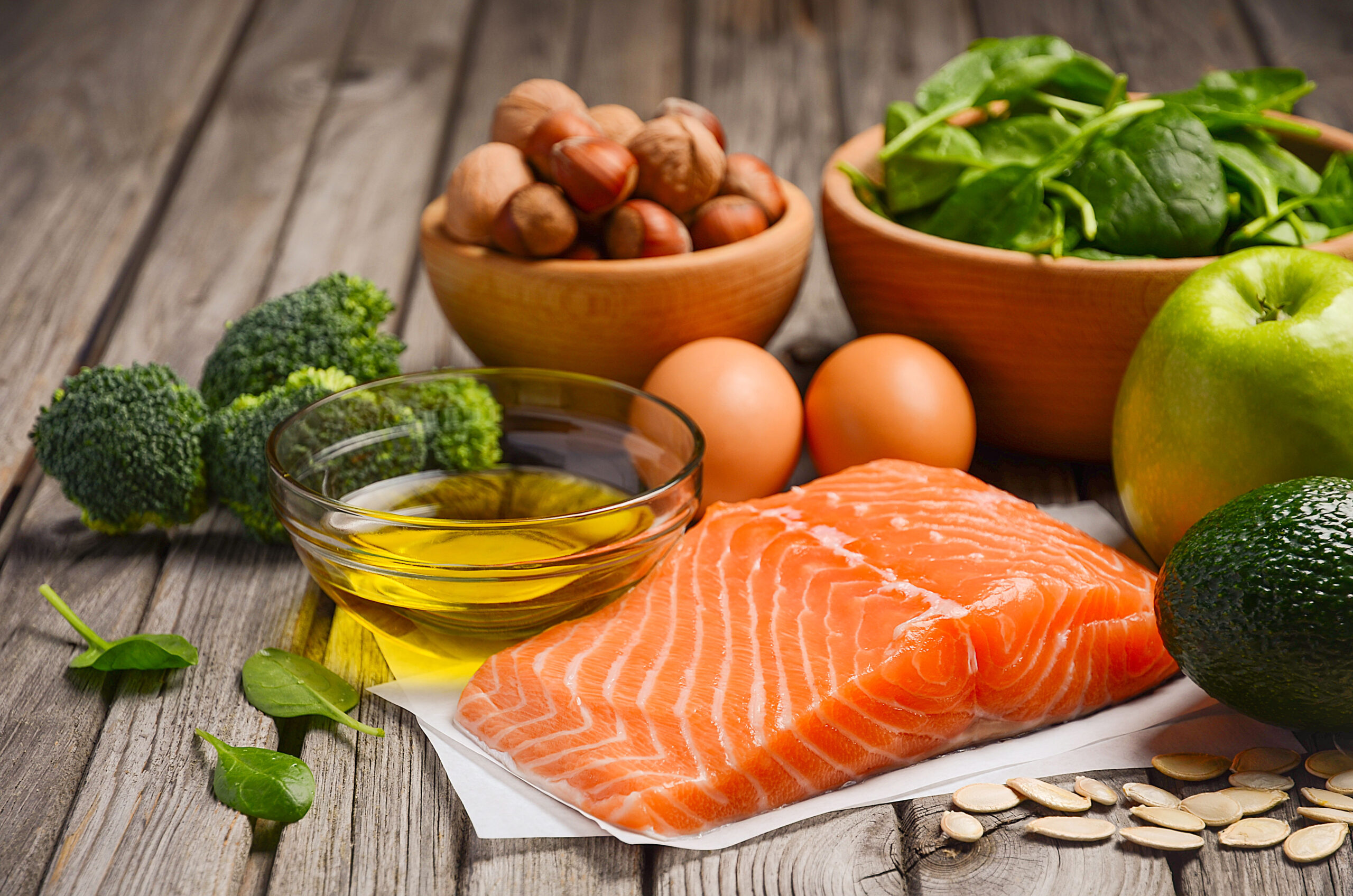What is the Oatmeal Diet?
The oatmeal diet is a weight loss plan that typically involves eating oatmeal for one or two meals a day while maintaining a low-calorie intake. It’s popular due to oatmeal’s health benefits and its ability to induce satiety—a feeling of fullness that helps reduce overall calorie intake.
The Diet Phases
The oatmeal diet can be broken down into two phases:
Phase One
This is the most restrictive phase, lasting one week. You eat oatmeal for all three meals of the day. Each meal consists of 1/2 cup of oatmeal, prepared with water. Small amounts of low-calorie flavor enhancers like cinnamon, vanilla extract, or a splash of skim milk can be added. The daily calorie intake during this phase should not exceed 1,000-1,200 calories.
Phase Two
Lasting for the next 30 days, this phase is less restrictive. You eat oatmeal for at least two meals a day with a healthy and low-calorie option for the third meal. You can add more variety by incorporating fruits, nuts, and natural sweeteners to your oatmeal. The calorie intake can be increased slightly to 1,200-1,300 calories per day.
Post-Diet Maintenance
After completing the initial phases, you should transition to a sustainable, balanced diet that includes oatmeal regularly but not exclusively. This helps maintain the weight loss achieved.
Benefits of the Oatmeal Diet
Weight Loss
High fiber content in oatmeal helps keep you feeling full longer, reducing the temptation to snack between meals.
Improved Digestion
Oatmeal is rich in soluble fiber, which can help regulate digestion and prevent constipation.
Heart Health
The soluble fiber in oatmeal can help reduce cholesterol levels, which is beneficial for heart health.
Blood Sugar Control
Oatmeal has a low glycemic index and helps maintain blood sugar levels, making it good for people with diabetes.
Affordability and Accessibility
Oatmeal is an inexpensive and widely available food item, making this diet relatively easy to follow.
How to Prepare Oatmeal for the Diet
To get the best results from the oatmeal diet, it’s important to prepare it properly. Here are some tips:
Use plain, old-fashioned rolled oats or steel-cut oat
instead of instant varieties, which often contain added sugars and artificial flavors.
Cook with water or non-fat mil
to keep calorie intake low.
Enhance flavor with healthy toppings
like fresh berries, sliced bananas, nuts, or a sprinkle of cinnamon.
Potential Risks and Considerations
While the oatmeal diet can be effective for weight loss, there are potential risks and considerations:
Nutritional deficiencies
The initial restrictive phase of the diet may lead to inadequate intake of essential vitamins and minerals.
Calorie restriction
Extremely low-calorie diets can slow down metabolism over time, making long-term weight management challenging.
Sustainability
The monotony of eating oatmeal for most meals may be hard to sustain long-term and can lead to binge eating.
Sample Meal Plan
Here is a sample meal plan for the second phase of the oatmeal diet:
Breakfast
Oatmeal with skim milk, topped with a sliced banana and a sprinkle of flaxseeds.
Lunch
Oatmeal with almond milk, mixed berries, and a teaspoon of honey.
Dinner
Grilled chicken breast with steamed vegetables and quinoa.
Snacks
Carrot sticks with hummus or a small apple.
FAQs About the Oatmeal Diet
Can I only eat oatmeal on this diet?
In phase one, yes, but in phase two, you can incorporate a healthy third meal and snacks.
Is the oatmeal diet safe for everyone?
It’s advisable for most people but not suitable for those with specific health conditions requiring a more balanced diet. Always consult with a healthcare provider before starting any new diet plan.
How much weight can I lose on the oatmeal diet?
Weight loss can vary depending on your baseline calorie intake, activity level, and adherence to the diet. Generally, you might expect to lose 3-5 pounds in the first week and 1-2 pounds per week thereafter.
Can I exercise during the oatmeal diet?
Yes, but you might want to limit intense exercise during the first phase due to the low calorie intake. Regular, moderate exercise is encouraged in the second phase.
What if I feel hungry on the oatmeal diet?
Adding more fiber-rich vegetables or a small amount of healthy fats, like avocados or nuts, can help manage hunger.
Is it possible to maintain weight loss after the oatmeal diet?
Yes, transitioning to a balanced diet that includes oatmeal among other healthy foods can help maintain weight loss.
Can I use instant oatmeal for this diet?
It’s best to use old-fashioned or steel-cut oats because they have a lower glycemic index and no added sugars.
The oatmeal diet can be a practical approach to weight loss when followed correctly and combined with a healthy lifestyle. It encourages the consumption of a nutrient-rich, fiber-filled food that promotes satiety and health. As with any diet, moderation and balance are key to achieving and maintaining ideal body weight.
- Traptox Aka Trapezius Botox Treatment Near Stoke D’Abernon, Surrey - January 3, 2025
- Infantilism Fetish: Comfort And Identity In Role-Playing - January 2, 2025
- Skin Pen Microneedling Near Kempton Park, Surrey - January 2, 2025





